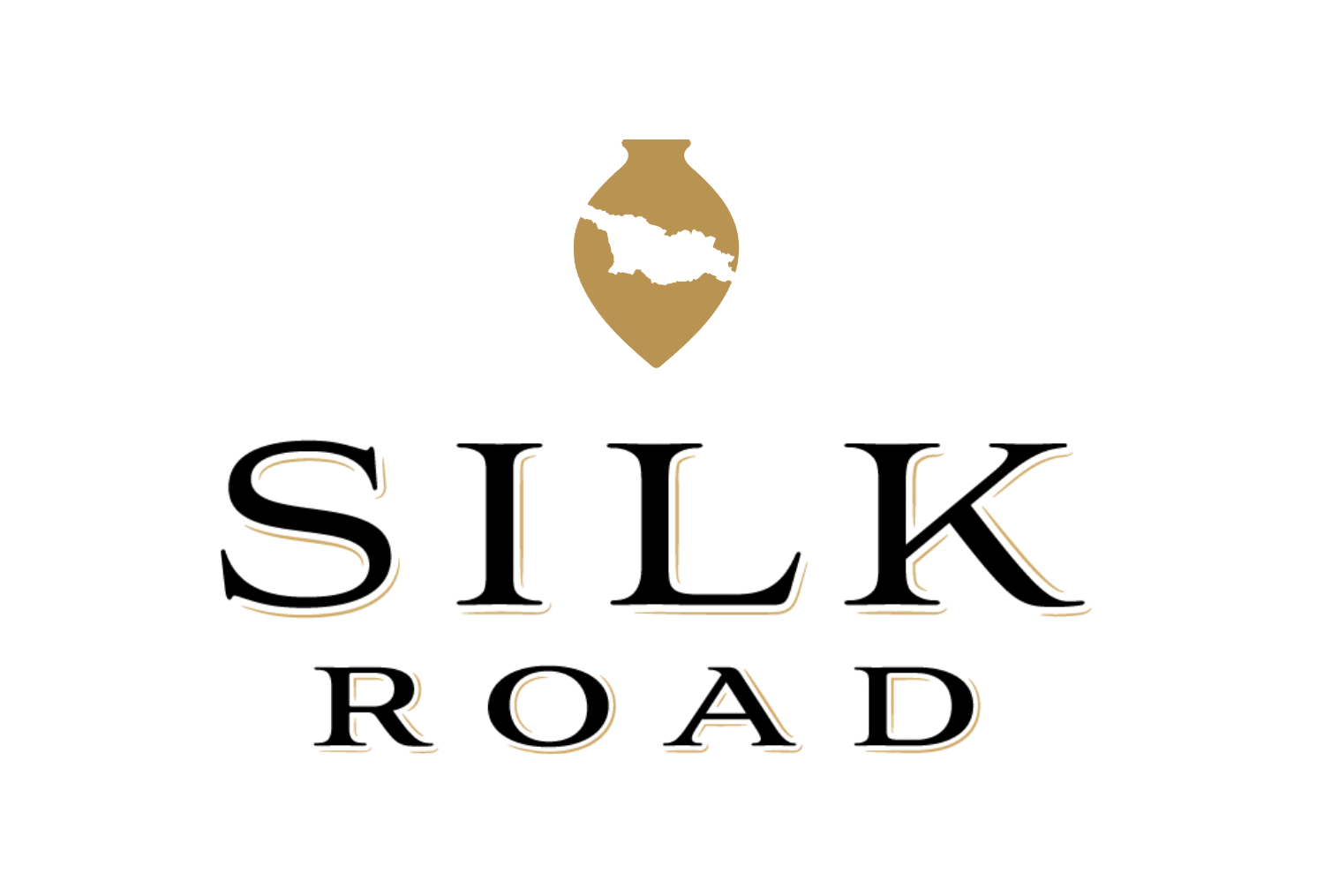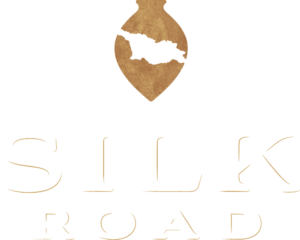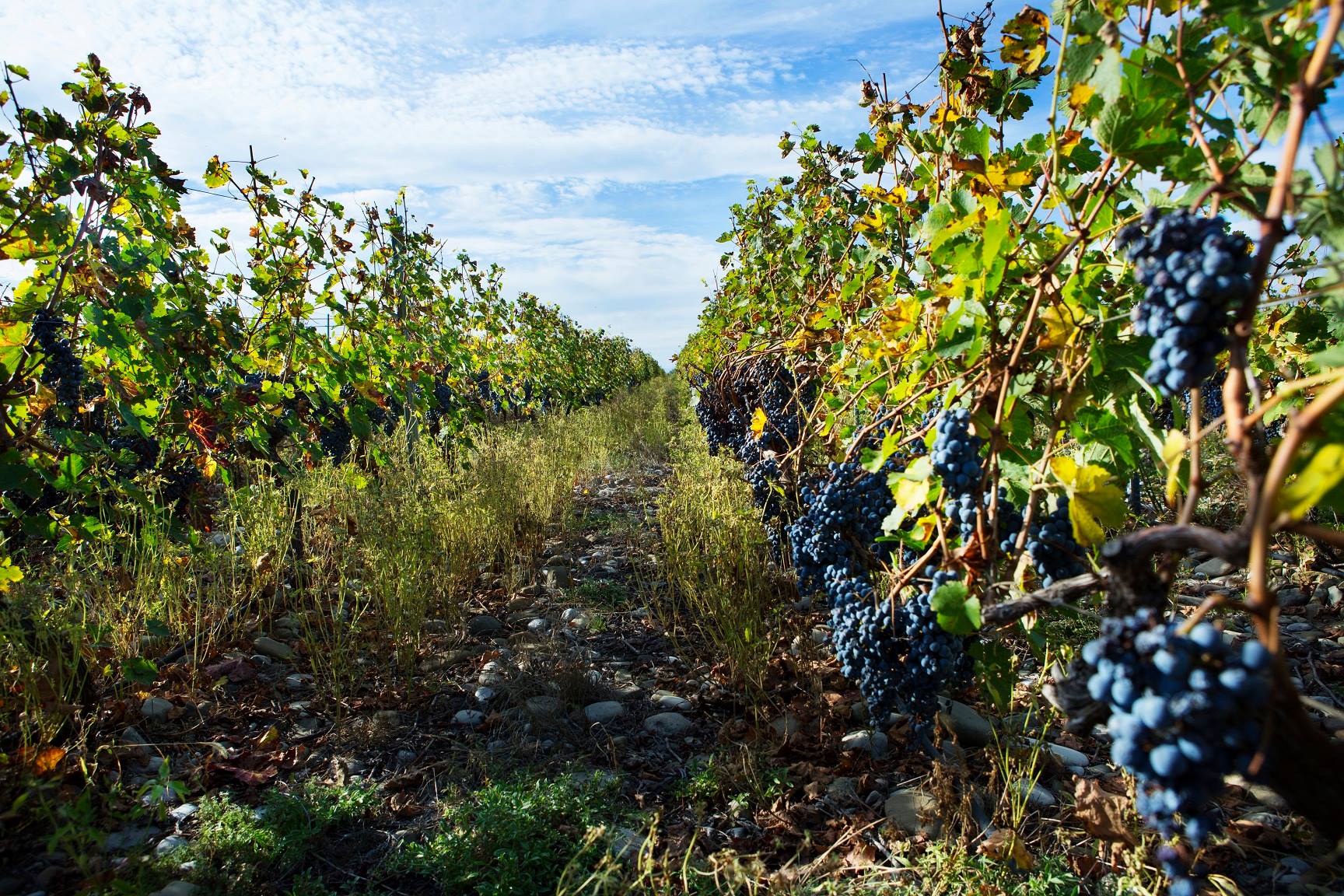You’re out to dinner at a nice restaurant — celebrating a special occasion. You order Champagne for the table, and the server asks, ‘Brut or Extra Brut?’ How do you decide? What is Extra Brut sparkling wine?
Similar to “still” wine, sparkling wine is produced with varying levels of residual sugar, which account for how sweet the wine tastes. Understanding sparkling wine sweetness levels is key to selecting the perfect bottle, whether for your personal taste or to complement food pairings.
What Does Extra Brut Mean?
The term Brut comes from the French word meaning “raw.” In relation to wine, this rawness translates to having very little residual sugar. Extra Brut signifies that the sparkling wine is very dry, with almost no sweetness.
How Is Sweetness Measured in Sparkling Wine
Sweetness in sparkling wine is measured by the amount of residual sugar left after fermentation, usually expressed in grams per liter (g/L). Winemakers can manipulate the sweetness of their wine in two main ways. The first is through fermentation control. During the first fermentation, the sugar in the grapes is converted into alcohol. The earlier the process is halted, the more sugar remains, resulting in a sweeter wine. Sparkling wine typically requires a secondary fermentation process — this is when the beverage becomes carbonated. During this stage, winemakers can adjust the sugar dosage in sparkling wine to control the final sweetness by adding more.
Extra Brut vs Other Styles
When it comes to a classic bottle of Champagne, Brut and Extra Brut are typically the options. Extra Brut vs. Brut sparkling wine comes down to the amount of residual sugar, with Extra Brut being drier and containing less sugar than Brut. Brut has a hint of sweetness, which is absent in Extra Brut. Above Extra Brut is Brut Nature, the driest style of sparkling wine, which is known for being crisp and “bone-dry.” In addition to Champagne, there are a variety of dry sparkling wine styles, including Prosecco, Cava and Georgian sparkling wine. Interestingly, as sparkling wines become sweeter, they are paradoxically labeled as “sec,” meaning “dry” in French, despite their noticeably sweeter taste. Doux, the sweetest category, represents a fortified dessert-style wine.
- Brut Nature: 0-3g/L sugar
- Extra Brut: 0-6g/L sugar
- Brut: 0-12g/L sugar
- Extra Sec: 12-17 g/L sugar
- Sec: 17-32g/L sugar
- Demi-Sec: 32-50 g/L sugar
- Doux: 50+g/L sugar
Sparkling Wine Food Pairings
Sparkling wine is incredibly versatile, pairing well with a variety of dishes due to its acidity and effervescence. Dry sparkling wines like Extra Bruts pair well with oysters, as their minerality complements the oyster’s natural salinity, as well as creamy cheeses like Brie or Camembert. Sweeter sparkling wines are often served with spicy dishes to balance the heat and fruit-based desserts to enhance their natural sweetness. Georgian sparkling wine food pairings are diverse, offering excellent matches for both lighter fare like seafood and rich, savory dishes like khachapuri, which is considered one of the country’s de facto national dishes.
How to Serve Sparkling Wine
To best enjoy sparkling wine, serve it at a temperature of 40-50°F in a flute or tulip-shaped glass, which will maintain the bubbles and enhance the wine’s aromas. When pouring the wine, only fill the glasses up to two-thirds full to allow space for the bubbles to rise. Sparkling wine is best served immediately; however, it can be stored for one to three days in the refrigerator with a special topper.
Georgian Sparkling Wine
Traditional Georgian winemaking and sparkling wines showcase the country’s 8,000-year viticulture history, as well as its unique approach. In Georgia, wine is often fermented and stored in qvevris, large clay vessels that are buried underground to maintain a consistent temperature. Qvevris and winemaking are such an integral part of Georgian culture that they were recognized by UNESCO and added to the national register of intangible cultural heritage. Today, both traditional and modern winemaking methods are employed, resulting in a diverse selection of wines that showcase a blend of ancient techniques and modern innovation.
Georgia is known for producing bold red wines, typically using the famed Saperavi grape; crisp, dry whites with aromas of ripe fruit; earthy and complex amber wines; and distinctive sparkling wines. While Georgian wine sweetness levels vary, the country’s sparkling varieties are typically crafted in a dry style.
Try Georgian Extra Brut Sparkling Wine
Silk Road is a veteran-owned importer of Georgian wines dedicated to sharing the rich heritage and flavors of Georgia’s winemaking traditions. It offers curated and affordable selection of the country’s most popular wines, including this semi-sparkling Extra Brut ($17.99), recognized for its aromas of fresh nuts, yellow berries, green apples, and distinctive acidity.



